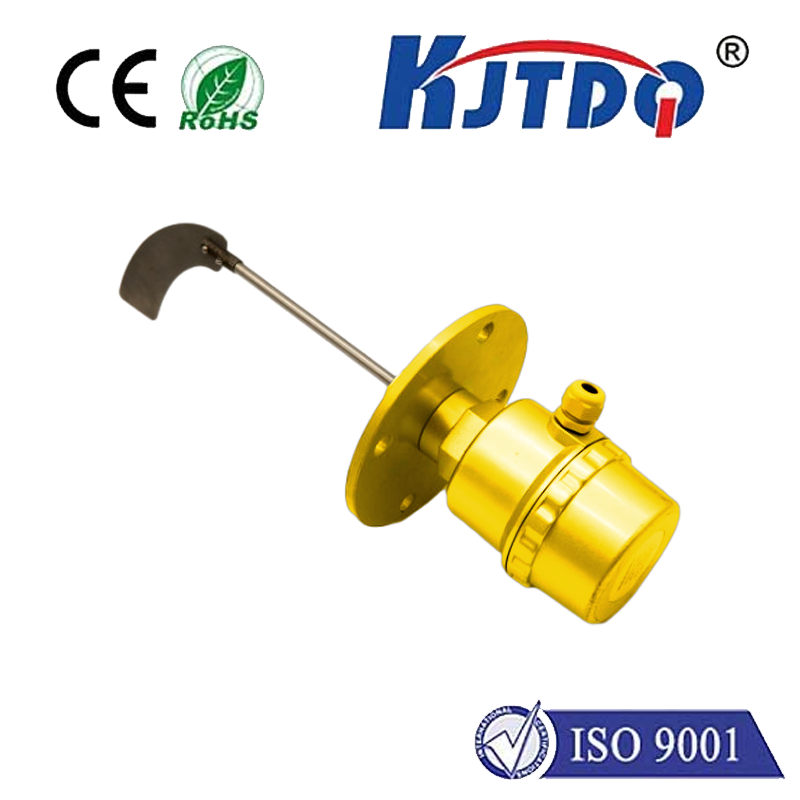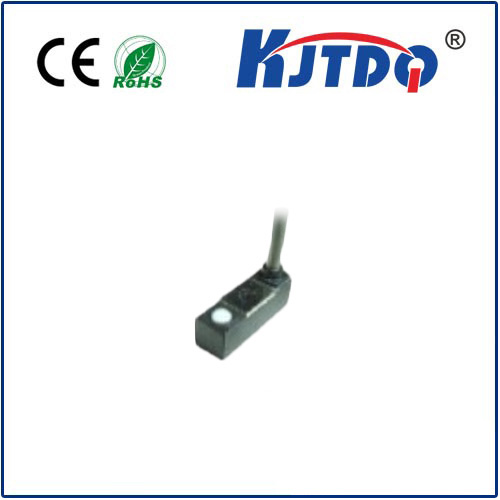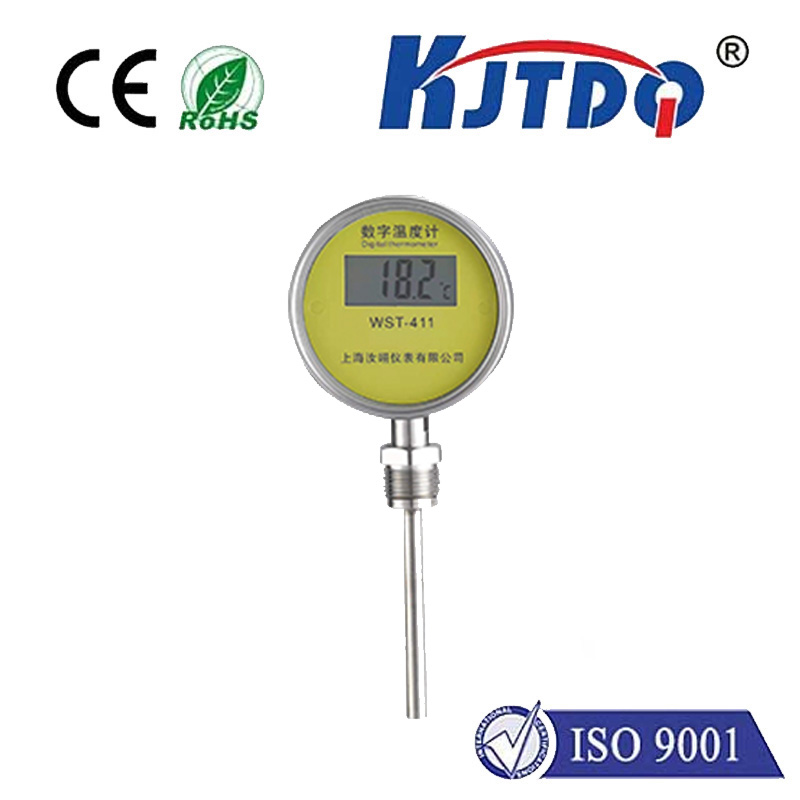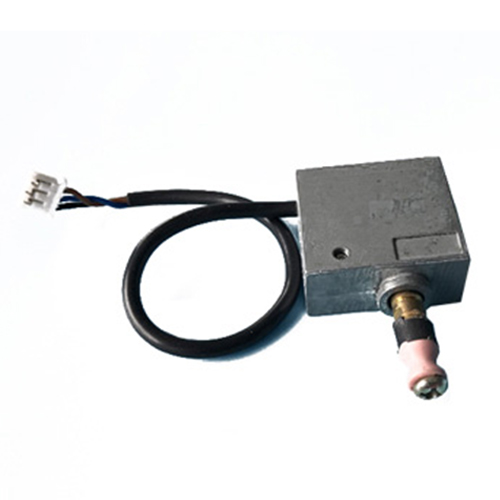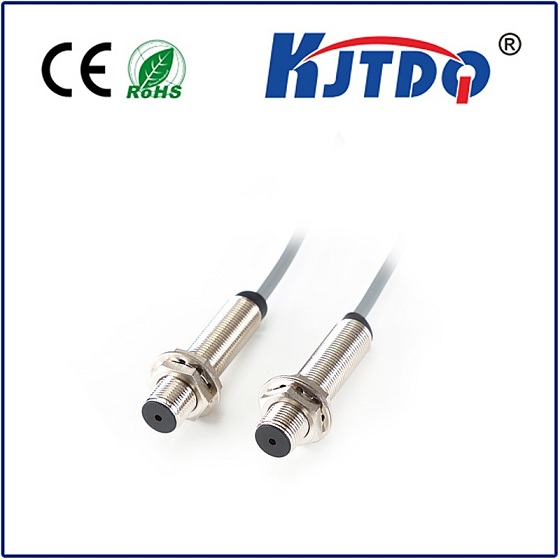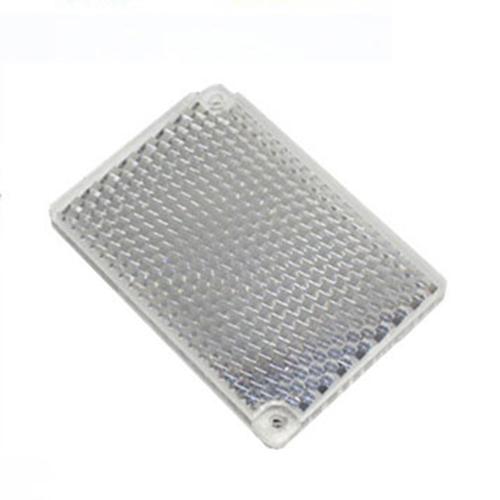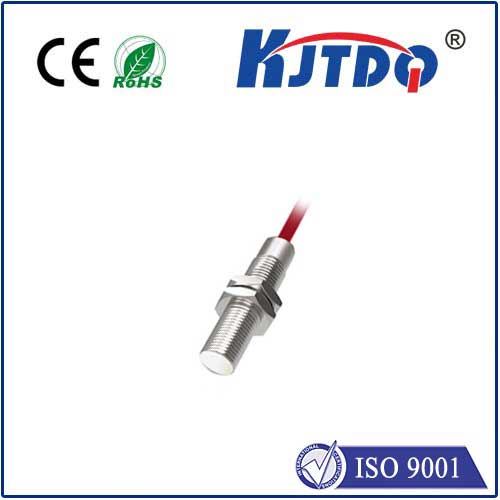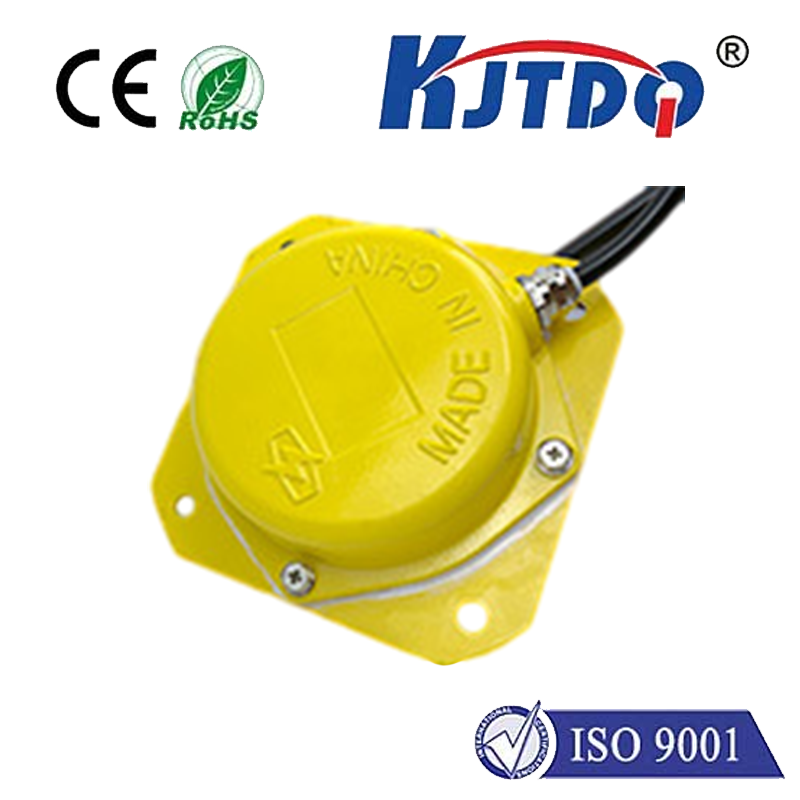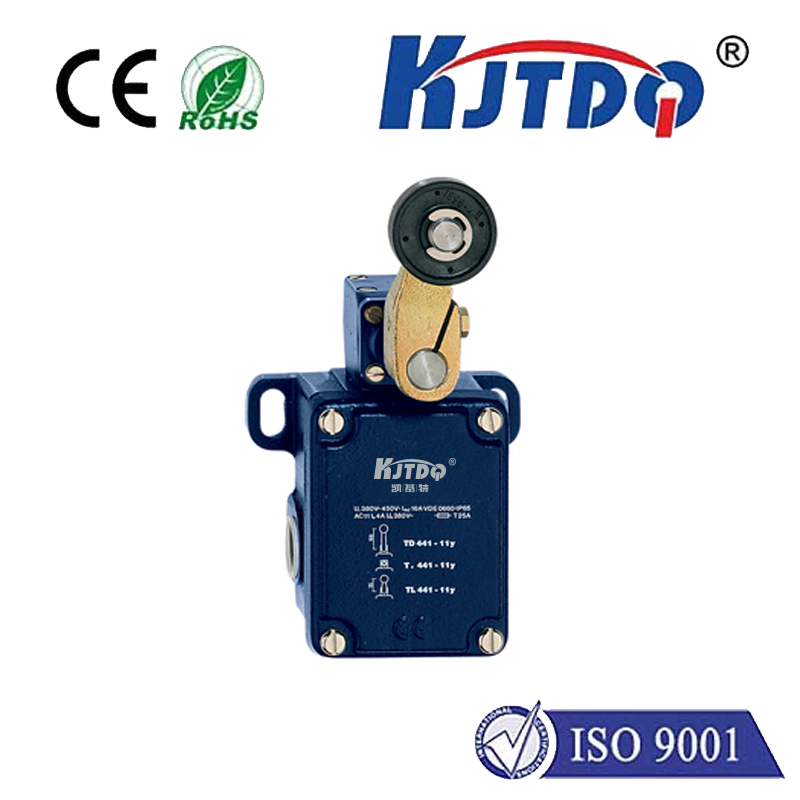magnetic prox switch proximity sensor
- time:2025-06-27 02:28:14
- Нажмите:0
Magnetic Proximity Switch: The Silent Guardian in Industrial Automation
In the symphony of modern industrial machinery, countless components work tirelessly behind the scenes. Often unnoticed but absolutely critical, devices like the Магнитный датчик приближения act as essential sentinels, ensuring safety, precision, and efficiency. Specifically, the Магнитный переключатель приближения – a rugged, reliable, and fundamental type of non-contact sensor – plays a pivotal role in detecting the presence or absence of metallic objects, dictating machine behavior silently and instantly. Let’s delve into the world of these unsung heroes.
Understanding the Core: What is a Magnetic Prox Sensor?
At its heart, a Магнитный датчик приближения (often interchangeably called a Магнитный передний переключатель) is a non-contact sensing device. It detects the presence or absence of a magnetic field, typically generated by a separate, permanent magnet (often called a “target magnet”) or a ferromagnetic metal object (like iron or steel) moving within its detection range. Unlike mechanical switches requiring physical contact, the magnetic prox switch senses the target magnetically, eliminating wear and tear associated with touch. When the target enters its sensing field, the switch activates or deactivates an electronic signal, functioning as a reliable Переключатель приближения.
The Silent Magnetic Dance: How it Works
The principle behind most magnetic proximity switches leverages the Reed Switch. Encased within a protective housing (typically rugged plastic or metal), the heart of the sensor is a hermetically sealed glass tube containing two thin, ferromagnetic metal reeds. These reeds are carefully positioned, slightly overlapping but not touching, forming a contact gap.

- Resting State: In the absence of a strong external magnetic field, the reed contacts remain open. No signal is sent in this default state for Normally Open (NO) switches (common for proximity detection).
- Detection State: When a permanent target magnet or a significant ferrous metal object moves into the sensor’s predefined sensing range, it generates an external magnetic field.
- Reed Activation: This external magnetic field forces the ferromagnetic reeds to become magnetized. Their opposite poles attract each other, causing the reeds to flex and snap together, closing the electrical contact.
- Signal Output: The closure of the reed contacts completes an electrical circuit, sending a discrete signal (ON). This signal is then interpreted by the connected control system (like a PLC - Programmable Logic Controller).
- Target Departure: As the target moves out of the sensing range, the external magnetic field strength drops below the activation threshold. The magnetic force holding the reeds together weakens, and their natural spring tension snaps them apart, breaking the circuit and returning the output signal to its original state (OFF).
Why Choose Magnetic Proximity Switches? Key Advantages
The enduring popularity of magnetic prox sensors stems from several distinct advantages over other sensing technologies:
- Ruggedness and Reliability: Sealed reed switches are impervious to dust, dirt, oil, moisture, and many common chemicals found in industrial environments. They have no moving parts beyond the reeds themselves, making them highly resistant to vibration and shock. Their longevity is legendary.
- Non-Contact Operation: The fundamental advantage. Sensing occurs without physical touch, eliminating mechanical wear, contact bounce, and the need for force. This translates to virtually infinite mechanical life expectancy.
- Simple Installation and Operation: These sensors are generally straightforward to install and require minimal configuration. They work reliably with DC or AC power supplies and directly interface with standard control inputs. Installation is often plug-and-play.
- Speed: The response time of reed switches is extremely fast, capable of detecting targets moving at high speeds. This makes them suitable for high-cycle applications like counting or high-speed positioning.
- Low Power Consumption: Reed switches require very little power to operate, making them energy-efficient choices.
- Cost-Effectiveness: Compared to many other proximity sensor types (like inductive, capacitive, or ultrasonic), basic magnetic proximity switches are often a highly cost-effective solution for straightforward presence detection tasks in harsh conditions.
Where Magnetic Prox Sensors Excel: Key Applications
The robust and reliable nature of magnetic prox switches makes them indispensable across countless industries:
- Machine Safety Interlocks: Ensuring guard doors and safety gates are securely closed before machinery can operate. The sensor detects a magnet embedded in the door. Safety is paramount.
- Position Detection: Confirming the end-of-travel position of cylinders (pneumatic or hydraulic). A magnet mounted on the piston rod triggers the sensor at the end positions.
- Level Sensing: Monitoring the position of floats in tanks (e.g., coolant, hydraulics) where the float contains a magnet.
- Conveyor Systems: Detecting the presence of fixtures, pallets, or products on a line; counting objects.
- Door and Hatch Position: Monitoring the open/closed status of equipment access panels, vehicle doors, or hatches.
- Перевозка материалов: Verifying the presence of metal components in feeders, sorters, or assembly stations.
- Elevators & Lifts: Confirming car position at floors using magnets embedded in the hoistway.
- Mobile Equipment: Used extensively in agriculture, construction, and forestry machinery due to their resistance to mud, dust, and vibration.
Magnetic Prox vs. Inductive Sensors: Understanding the Difference
While both are proximity sensors, they operate on entirely different principles:
- Magnetic Prox: Detect magnetic fields generated by permanent magnets or ferrous metals. They require a specific magnetic target. Cannot detect non-ferrous metals like aluminum or copper.
- Inductive Prox: Generate their own electromagnetic field. They detect the eddy currents induced in any metallic object (ferrous or non-ferrous like aluminum, brass, copper) entering their field. They don’t require a separate magnet. Cannot detect non-metallic objects.
Choose a Магнитный датчик приближения when you specifically need to detect a magnet or reliably sense ferrous metals in harsh environments, prioritizing ruggedness and cost. Choose an inductive sensor for broader metallic object detection, especially non-ferrous materials.
Selecting the Right Sensor: Key Considerations
When specifying a Магнитный передний переключатель, consider:
- Sensing Distance: The maximum reliable distance between the sensor face and the target magnet. Ensure your application operates within this range.
- Target Magnet Size/Strength: The sensor’s range depends heavily on the magnet used. Consult manufacturer datasheets for recommended magnet specifications.
- Output Type: Common are NO (Normally Open), NC (Normally Closed), or NPN/PNP transistor outputs for integration with PLCs.
- Voltage & Current Ratings: Match the sensor’s electrical specifications to your control system.
- Housing Material & Protection Rating (IP/NEMA): Ensure the housing material (brass, stainless steel, plastic) and ingress protection rating (e.g., IP67, IP69K) are suitable for the environment (chemicals, washdown, temperature extremes).
- Connection Type: Cable, connector (M8, M12), or terminal block.
The Enduring Workhorse
In the demanding world of manufacturing, automation, and heavy machinery, the Магнитный датчик приближения remains a cornerstone technology. Its combination of rugged construction, non-contact sensing, exceptional reliability, simplicity, and cost-effectiveness ensures its continued dominance in applications where tough conditions and dependable position detection collide. *The silent snap


